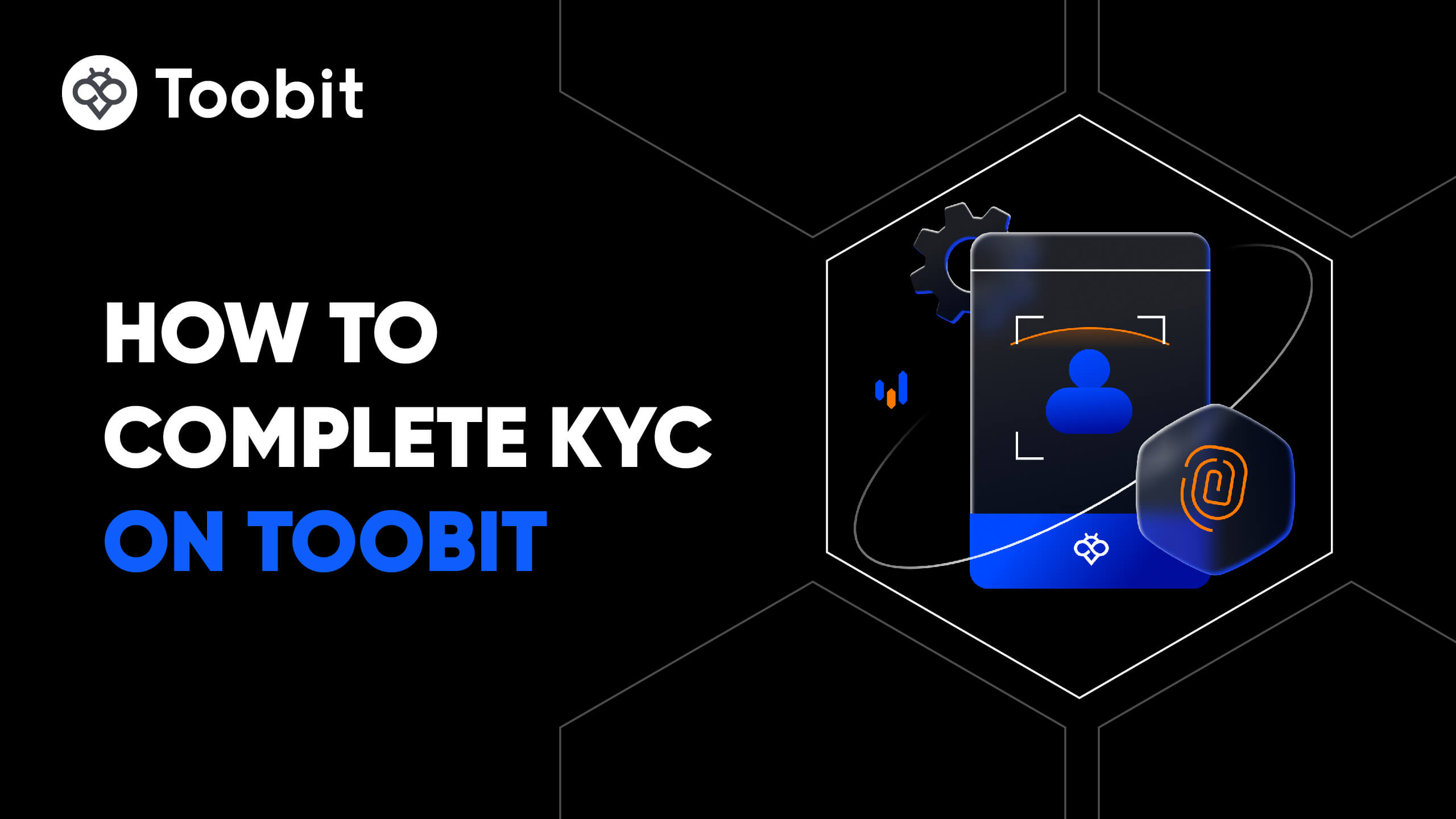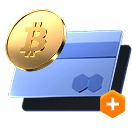TRON price
TRXTRON market info
Live TRON price today in USD
How much is 1 TRX worth in ?
About TRON(TRX)
TRON price history
Why does the price of TRON always fluctuate?
What factors affect the performance of TRON prices?
Global TRON prices
How to buy TRON
Create your free Toobit account
Sign up on Toobit with your email address/mobile phone number and country of residence, and create a strong password to secure your account.
Verify your identity
Complete identity verification by submitting your personal details and a valid photo ID.
Add a payment method and buy TRON (TRX)
Add a credit/debit card or bank account after verifying your Toobit account. Use multiple payment options to buy TRON on Toobit.
Trade TRX perpetual futures
After signing up on Toobit and buying USDT or TRX tokens, you can start trading derivatives, including TRX futures and margin trading to increase your income.
Join TRX copy trading with lead traders
After signing up on Toobit and successfully buying USDT or TRX tokens, you can also start copy trading by following Lead Traders.
Where can I buy TRON?
Buy crypto on the Toobit app
Sign up within minutes to purchase crypto via credit card or bank transfer.
Trade on Toobit
Deposit your cryptocurrencies to Toobit and enjoy high liquidity and low trading fees.
Video section — quick verification, quick trading

How to complete identification on Toobit and protect yourself from fraud
- 1.Log in to your Toobit account.
- 2.If you're new to Toobit, watch our tutorial on how to create an account.
- 3.Click on the profile icon in the upper right corner of the navigation bar, then tap on Identification page.
FAQ About Tron (TRX)
What does Tron (TRX) stand for?
TRON is a decentralized blockchain for building dApps and smart contracts, aiming for a decentralized internet where users share content without intermediaries. TRX powers transactions, resources, and staking. Founded by Justin Sun in 2017, TRON targets the entertainment/content sectors so creators keep control and earn directly. It uses Delegated Proof-of-Stake (DPoS) for scalability and low costs—beneficial for users tracking TRON Price and for traders frequently swapping TRX to USDT.Who is the Tron (TRX) founder?
TRON was founded by Justin Sun in Singapore in 2017 as a non-profit organization.What is TRX history?
TRON DAO (founded July 2017) released its open-source protocol in Dec 2017. By Mar 2018 it had a testnet, explorer, and web wallet. Mainnet launched May 2018 (Odyssey 2.0), followed by independence (Genesis block) in Jun 2018 and the BitTorrent acquisition in Jul 2018. The TRON Virtual Machine (TVM) arrived in Oct 2018 to give developers a full toolset. Roadmap items include Project Atlas (integrating BitTorrent) and broader dApp growth—factors that have historically influenced TRON Price and liquidity in TRX to USDT markets.What is TRX background?
Post-2008, Bitcoin introduced a public, PoW-secured ledger. Ethereum (2013) added smart contracts (EVM) and dApps, but by 2017 both Bitcoin and Ethereum faced scalability limits. TRON was created to address these throughput and cost constraints with a highly scalable architecture.How is the TRON network secured?
The TRON network is secured using the Delegated Proof-of-Stake (DPoS) consensus mechanism, which ensures both decentralization and scalability. Here’s how it works to secure the network:TRON’s security relies on its Delegated Proof-of-Stake (DPoS) system, which enhances speed and efficiency while maintaining decentralization. Super Representatives (SRs) are elected by TRX holders to validate transactions and produce blocks. Their performance is monitored by the community, and poorly performing SRs can be voted out—ensuring a fair, transparent, and energy-efficient network.All activity on TRON is publicly recorded on-chain, reinforcing transparency and accountability. TRX holders also participate directly in network governance, voting on SRs and protocol upgrades to keep the system community-driven.Smart contracts on TRON run through the TRON Virtual Machine (TVM), which is compatible with the Ethereum Virtual Machine (EVM). This provides flexibility and security for dApps and DeFi protocols operating within the ecosystem.TRON also employs strong cryptography to protect data and ensure immutability. Honest validators are rewarded for securing the network, while malicious actors face penalties or removal.Together, these features make TRON a high-performance, scalable, and community-governed blockchain, securing its ecosystem against attacks while supporting continuous growth.What are the network principles?
The TRON (TRX) network is built around the goal of creating a decentralized, scalable, and cost-efficient ecosystem that empowers developers, content creators, and users.- Decentralization: TRON removes intermediaries like centralized platforms, enabling creators to control and monetize their work directly. - Scalability: Using Delegated Proof-of-Stake (DPoS), TRON achieves high throughput, fast block generation, and efficient performance for global-scale dApps. - Low transaction costs: TRON offers minimal fees, ideal for microtransactions and high-frequency usage across gaming, media, and DeFi applications. - High throughput: With support for thousands of transactions per second (TPS), TRON ensures smooth dApp performance and user experience. - Content ownership: Artists, musicians, and creators can publish and profit from their work without intermediaries, reinforcing true digital ownership. - Interoperability: Through the TRON Virtual Machine (TVM), TRON enables compatibility with other blockchains and Ethereum-based smart contracts. - Incentivization: Active participants—stakers, Super Representative voters, and contributors—earn TRX rewards for supporting network growth and governance. Together, these principles drive TRON’s vision of a decentralized, user-driven web, where innovation, efficiency, and fairness converge.What are the key features and benefits of TRX Coin?
TRX offers speed, scalability, and affordability, making it a powerful platform for developers and users alike.- Efficient consensus: Its DPoS mechanism enables thousands of TPS with minimal fees, outperforming traditional Proof-of-Work (PoW) systems.- Smart contract support: Through the TVM, developers can deploy Ethereum-compatible contracts and build dApps across gaming, DeFi, and entertainment.- Decentralized economy: TRON empowers creators to publish and monetize content directly, bypassing traditional platforms.- Governance: TRX holders can vote for Super Representatives (validators), shaping network decisions and protocol upgrades.- Financial inclusion: With low fees and near-instant transactions, TRX supports remittances, cross-border payments, and digital access for unbanked users. TRON’s focus on accessibility and efficiency has positioned TRX as a practical blockchain currency for both developers and global users.How can investors use TRX coin for staking and earning rewards?
Investors can stake TRX through TRON’s DPoS system to help secure the network and earn rewards.- How it works: TRX holders delegate their tokens to Super Representatives (SRs), who validate transactions and produce blocks. - Rewards: Stakers earn a share of the SR’s block rewards, with returns depending on the SR’s performance and the total TRX staked. - Governance role: Staking also grants voting power, allowing investors to influence network upgrades and community decisions. - Extra benefits: Stakers receive Energy and Bandwidth, which can be used to interact with dApps or pay network fees.Staking TRX offers both passive income and active participation in TRON’s decentralized governance.What are some popular use cases for TRX Coin?
TRX fuels a broad range of applications within the TRON ecosystem:- Transaction fees: Pay for transactions and smart contract executions on the network. - Staking & governance: Stake TRX to earn rewards and vote for SRs.- Content monetization: Support creators via platforms like BitTorrent (BTT) for direct, peer-to-peer rewards. - DeFi: Used in projects like JustLend and JustSwap for lending, collateral, liquidity, and governance. - Gaming & NFTs: Power in-game purchases, NFT minting, and trading on TRON’s high-speed network. - Payments & remittances: Enable fast, low-cost cross-border payments and micropayments. - Token issuance: Serve as the base asset for launching TRC-10 and TRC-20 tokens on TRON. TRX remains essential to powering DeFi, GameFi, NFTs, and digital content, supporting a growing number of real-world blockchain applications.How does TRX Coin compare to other cryptocurrencies in the market?
TRX stands out for its speed, scalability, and entertainment-first focus.- Performance: TRON can handle ~2,000 TPS thanks to its DPoS mechanism. As a result, it loads faster than Bitcoin (7 TPS) and Ethereum (30 TPS). - Cost-efficiency: TRON’s near-zero fees make it ideal for dApps, gaming, and DeFi users. - Ecosystem integration: Platforms like BitTorrent, JustLend, and JustSwap broaden its reach into decentralized media and finance. - Competitors: TRON competes with Solana, Avalanche, and Polygon, offering comparable speeds but facing centralization concerns due to its limited number of SRs.Overall, TRX combines usability, affordability, and developer-friendly tools, giving it a strong niche in the blockchain landscape.Is TRON a good investment?
TRON (TRX) appeals to investors seeking a fast, low-cost blockchain with strong real-world use cases. Its scalability, developer ecosystem, and active role in Web3, NFTs, and DeFi enhance its long-term potential. The network’s integration with USDT, BitTorrent, and other major projects further boosts its utility.However, like all cryptocurrencies, TRX is subject to market volatility and competition. Investors should research carefully and consider their risk tolerance before buying.How does Tron achieve high transaction speed and scalability?
TRON achieves high performance through its DPoS model, where 27 Super Representatives validate blocks and maintain the network. This architecture enables over 2,000 TPS with near-instant confirmations, ensuring scalability without sacrificing decentralization.What are the main advantages of building on TRON versus other blockchains?
- High throughput: Over 2,000 TPS. - Low fees: Free simple transactions; minimal smart contract costs. - EVM compatibility: Seamless migration for Ethereum dApps. - Strong ecosystem: Mature infrastructure for DeFi and GameFi. - Efficient resource model: Staking-based Energy and Bandwidth system.What are the key architectural layers of the TRON protocol?
- Core layer: Handles consensus, account management, and executes smart contracts via the TRON Virtual Machine (TVM). - Storage layer: Manages block and state data for long-term stability. - Application layer: Supports dApp and wallet development for end users.How do users and developers maintain security when dealing with smart contracts on TRON?
Developers should:- Conduct Solidity audits before deployment to prevent vulnerabilities.- Verify source code on TRONScan for transparency.- Optimize Energy use to avoid costly or failed executions.- Follow TVM-specific best practices, as it differs slightly from Ethereum’s EVM.These practices uphold security and reliability across TRON’s expanding smart contract ecosystem.



